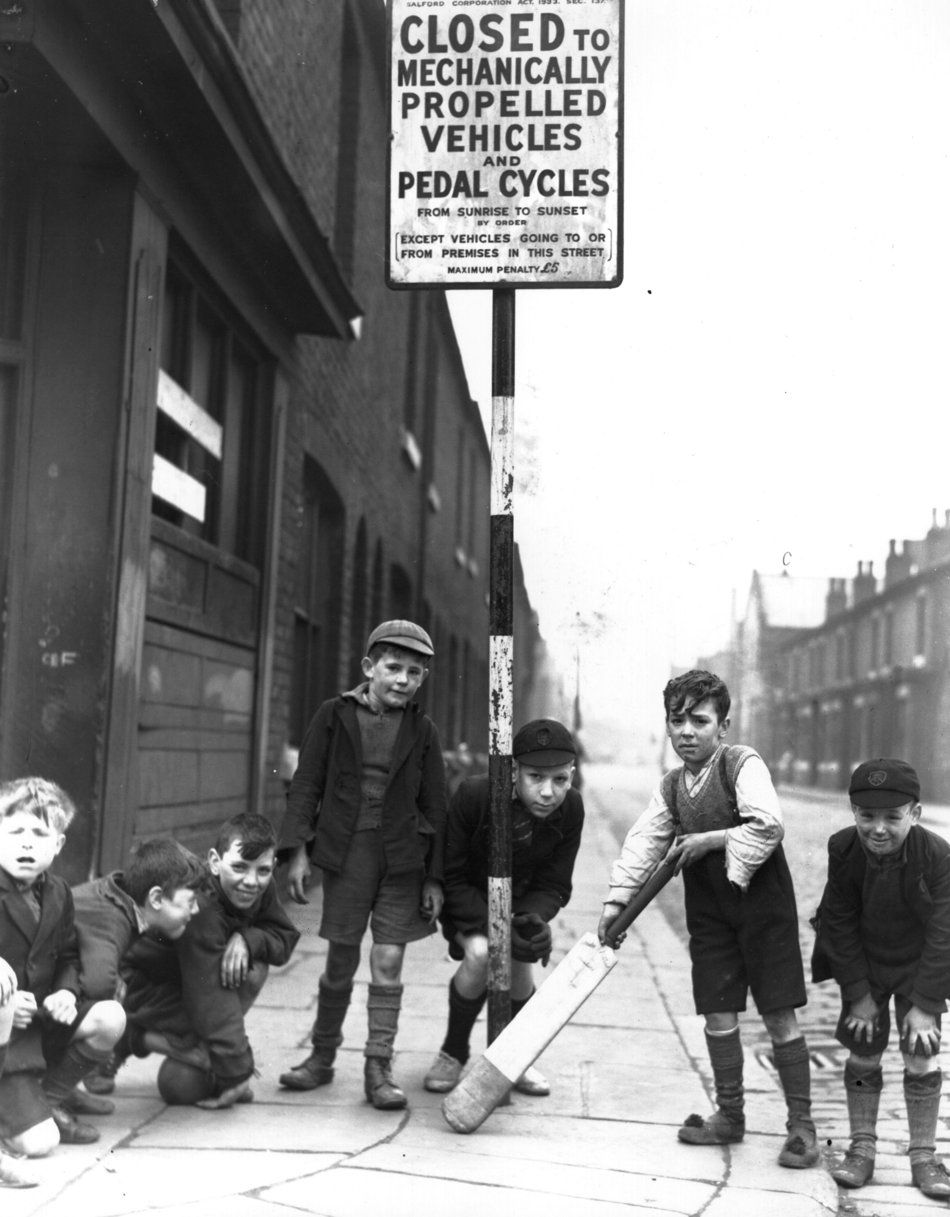by T E Lawrence (1896-1907)
T E Lawrence (1896-1907), writing in the OHS magazine, July 1904
This is the earliest piece of writing that can definitely be ascribed to Lawrence, although a companion piece titled ‘Playground Football’ and signed ‘Goalpost’ had appeared in the March 1904 issue of the O.H.S. Magazine, and was written in a very similar style.
“Playground cricket has no handbook, so I think that some hints to youngsters who aspire to gain honours in this subject will be acceptable . . . a cap will not do for the ball. It can however be a stone, or a piece of wood: I have even seen a potato used with success. One man bats, another forty or so bowl . . .
The stumps deserve mention. A wooden wall was improvised for wicket-keeper, and 3 stumps were chalked upon it, in white and blue. These having slightly faded a second pair in white was applied to the first, coinciding in width but not in height; consequently six inches of blue overtop the white bails. The profound wisdom which dictated this may not appear at first sight, but the fact is that when big boys are bowling the blue is counted as the top; when big boys are batting the stumps do not extend beyond the white. That shows our wisdom.
Unfortunately some facetious individual (we would duck him if we could find him) has added four more white stumps, and four more bails, which slightly disconcert the batsmen, but greatly improve the chances of the bowler . . . The bat is indescribable. A mass of willow, slightly rotten in places, and resembling a mop at the bottom. The handle is said to be cane, but one player who has had a most extensive and varied acquaintance with canes, both at home and abroad, declares that no cane ever stung like this bat, so it must be of some foreign substance. The balls go, some into the side windows of the school, some through those of the factory, others again attach themselves to the windows opposite.”
(Ed. You might like to compare this with Colin Tustin’s (1951-56) memories of how schoolyard cricket was being played 50 years later.)
